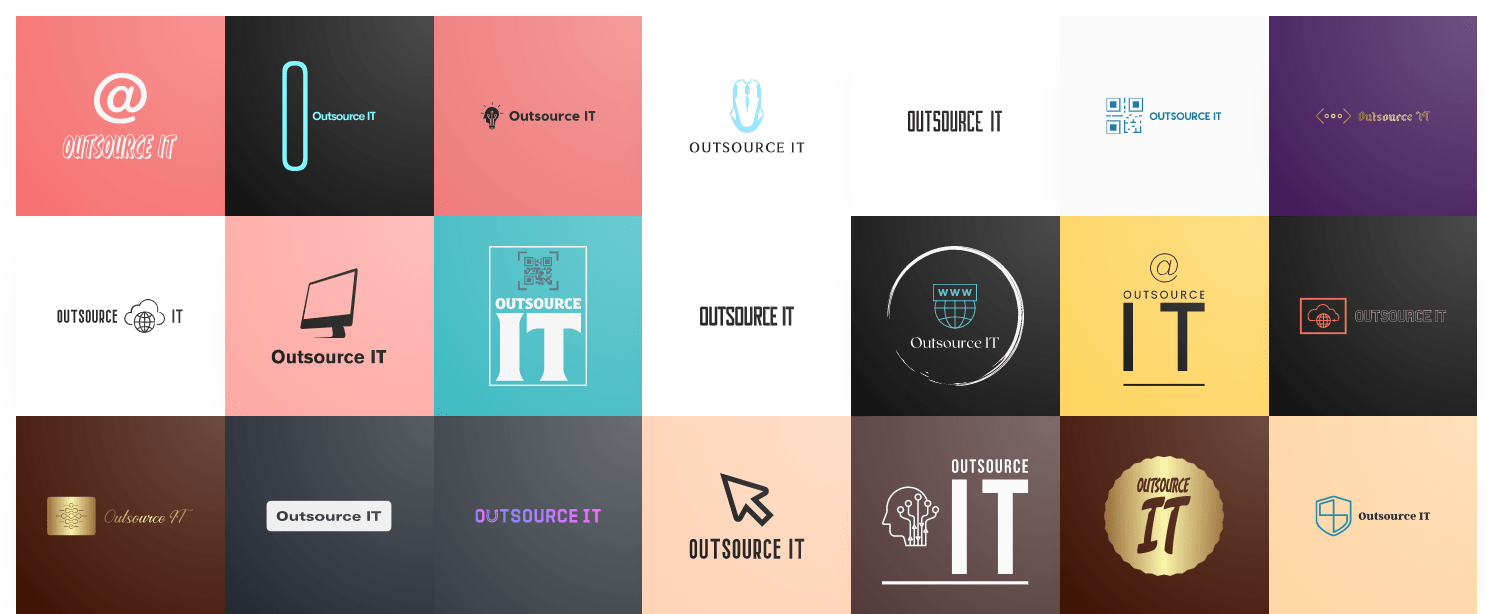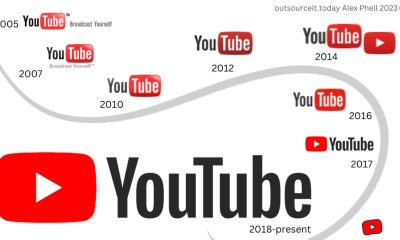UI Design
Why you need DesignOps?
Read below to learn about how DesignOps tackles common organizational problems, and check out the full profile to read more on how design maturity is the key to any successful design practice.
The day-to-day calendar and to-do list for early design hires at nascent startups and design leaders heading up mature orgs may look vastly different. But at the core, designers often struggle with many of the same stumbling blocks—fighting to bake design into the company recipe for success, rather than settling for sprinkles that are added as a flourish on top of the cake.
As design continues to mature and cement its status as a pillar in a company’s long-term architecture, there’s a double-edged sword to contend with. Design has fought for a booming, clear voice in the company’s end-to-end vision. But with that voice, a mountain of cross-functional work, process particulars and a calendar bursting at the seams with meetings comes with it. Before you know it, designers are too busy to design.
Enter a role that’s gaining steam in organizations at every stage of the growth journey: Design operations, tasked with crafting efficient workflows, optimizing design’s internal partnerships and creating functional growth that scales for the long term.
The definition I’ve honed over the years is that DesignOps builds a platform to enable design strategy and execution to work together in harmony.
Alison Rand, InVision’s senior director of design operations
And as design’s footprint within a company grows ever-larger, that merging of vision and action has never been more critical.
It used to be that designers were mostly considered pixel-perfectors—brought in at the latest stages of product development. But we’ve seen a lot of evolution and maturity in this design thinking, and for many companies design now has a hand in every single step of the customer journey.
5 common organizational problems DesignOps can solve
But with that widened scope, designers now face a vast slate of challenges, including:
#1 Silos
“Although at most companies designers are expected to work closely with marketing, engineering and product teams, these departments are often completely independent from one another, without shared OKRs.”
#2 Complexity
“Design tools and systems are wide ranging, ever-changing and increasingly complex—often resulting in bottlenecks. I’ve seen plenty of design teams that are reluctant to adopt developers’ processes and tools (like Jira). There are separate planning and tracking tactics and general misalignment across product, stakeholders and executives. That lack of quality assurance across development ultimately equals a poor customer experience.”
#3 Career path
“Designers are often expected to wear innumerable hats—from creative leader, to producer, to project manager. That leaves little time to hone your craft. There’s also a lot of ambiguity around how organizations design the career paths for designers—if they even map them out at all.”
#4 Strategic oversight
“Plenty of companies may say that design brings a strategic lens, but the reality shows that plenty of designers are purely in production roles. It’s all reactive—creating at the request of developers and product managers who lead strategy, rather than defining a direction for the product’s design at the ideation phase.”
#5 The myth of the unicorn
“There’s a lot of nuance in different types of design roles that is often overlooked. Companies may be hiring for a visual designer, when what they actually need is a creative technologist. Or they might have a product designer that would be even better as a communication designer, but they aren’t tapping into those skills.”
TIPS
>> Read the DesignOps Handbook
These problems are particularly acute these days. “As companies’ digital transformations have been sped up so quickly by COVID-19 and the transition to remote work, the needs and desires to mature their design practices will be more pointed. There’s a tipping point here. When designers are managing all this process, they’re not actually designing — and they are going to become super unhappy,” says Rand. “If you want to remove those extra layers of process-management so your designers can focus on the craft, you’ve got to start thinking about the type of design operations person you could bring aboard.”
The goal of DesignOps is to look at these challenges end to end, and architect agile design systems and processes that can tackle them at scale. But before we dive even deeper, a quick point of clarification from Rand: “If I were to debunk the biggest misconception about design operations, it’s that it’s purely a project management role. Companies thinking of it that way and hiring that way are doing themselves a real disservice,” she says.
DesignOps can do so much more than keep projects on track. We think about the entire end-to-end experience of a designer—from recruitment, to onboarding, to role definition, to leveling and career path—plus the tools and processes we can arm them with to have the smoothest experience possible.
DesignOps’ purview is massive — what I love about this framework is that it boils it down to operations’ most essential elements. You’ve got to start somewhere.
Alison
All this talk of design systems, processes and structure may make creatives at heart feel a bit itchy. It’s a reaction Rand has encountered plenty of times over the course of her career. “It’s a very misunderstood role, which can be frustrating. But it’s also an incredible opportunity to put our stake in the ground and say, ‘This is how we can help take your company to the next level,’” she says.
I’ll never forget when someone asked me, “Does DesignOps take the joy out of design?” That couldn’t be further from the truth — DesignOps brings the joy back into design, by enabling designers to focus on what they do best.
-

 Cyber Risk Management2 days ago
Cyber Risk Management2 days agoHow Much Does a Hosting Server Cost Per User for an App?
-

 Outsourcing Development2 days ago
Outsourcing Development2 days agoAll you need to know about Offshore Staff Augmentation
-

 Software Development2 days ago
Software Development2 days agoThings to consider before starting a Retail Software Development
-

 Grow Your Business2 days ago
Grow Your Business2 days agoThe Average Size of Home Office: A Perfect Workspace
-
Solution Review2 days ago
Top 10 Best Fake ID Websites [OnlyFake?]
-
Business Imprint2 days ago
How Gaming Technologies are Transforming the Entertainment Industry
-

 Gaming Technologies19 mins ago
Gaming Technologies19 mins agoHow to Set Up Text-to-Speech for Channel Points on Twitch











